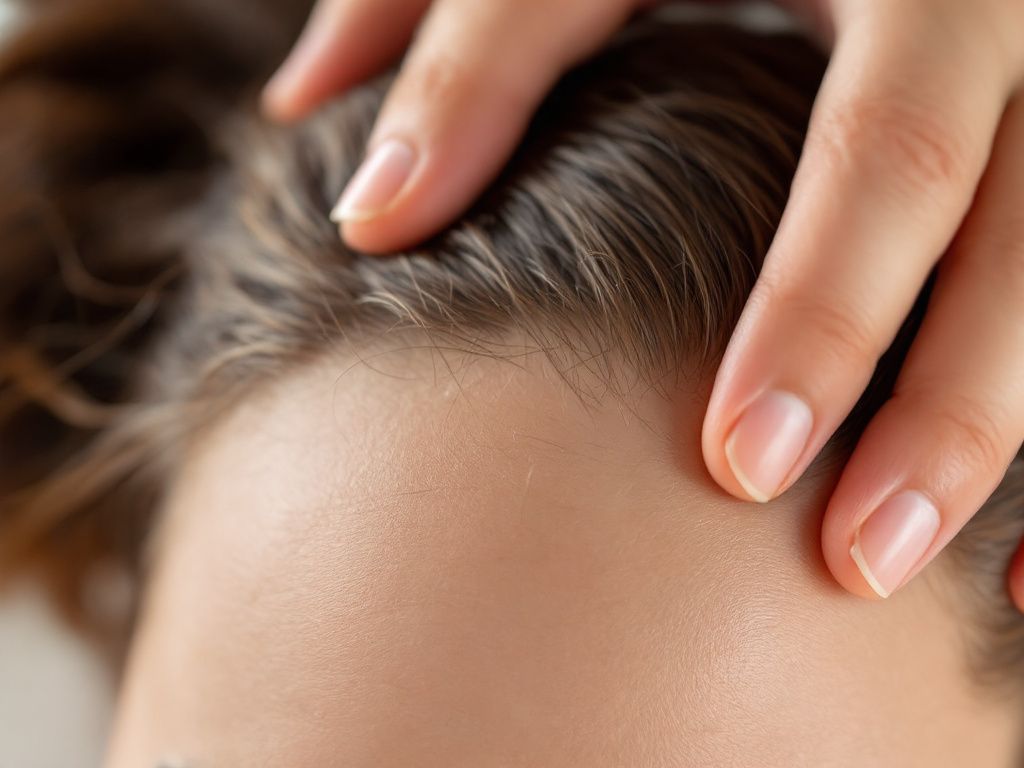[Halal Beauty Blueprint] The Complete Evidence-Based Skincare Routine
![[Halal Beauty Blueprint] The Complete Evidence-Based Skincare Routine](https://mohajba.com/wp-content/uploads/2025/04/halal_skincare_routine_feature-770x470.jpg)
In an era where beauty and personal care industries are continuously evolving, individuals are exploring diverse avenues to align their skincare routines with their personal beliefs. For those following Islamic principles, finding products that are both effective and halal — permissible under Islamic law — is paramount. This guide delves deeply into constructing a halal skincare routine that leverages evidence-based practices to ensure both efficacy and compliance.
Understanding Halal Skincare: A Foundation for Ethical Beauty
Entering the world of halal skincare involves understanding what makes a product halal. Halal skincare products are formulated without any substances considered haram, which means forbidden in Islam, such as certain animal derivatives (like pork) and alcohols. Committing to a halal skincare routine aligns with ethical beauty by supporting permissible ingredients that meet both religious and ethical standards 🌿.
Technical Breakdown: What Constitutes Halal?
Halal certification considers various criteria, such as the source of the ingredients, how they are processed, and ensuring there are no direct or indirect contamination with haram products. Certifications from recognized bodies offer the best assurance of compliance.
Key Ingredients to Avoid:
- Alcohol: While many Islamic scholars accept denatured alcohols (synthetic alcohols not intended for consumption), other forms are generally avoided.
- Carnivore-derived Animal Fats: Ingredients like stearic acid may be derived from either plant or animal sources. Opt for plant-sourced options.
- Gelatin and Collagen: These are often derived from pork or animals not slaughtered in a halal manner.
Adopting a halal skincare routine inherently encourages transparency in product formulations, which enhances trust and accountability in the beauty industry.
The Evidence-Based Skincare Routine

Introducing rigorously researched steps into a halal skincare regimen not only respects faith-based requirements but also instills scientifically backed methods to achieve optimal results.
Step 1: Cleansing — The First Shield Against Impurities
An effective cleansing ritual is foundational to any skincare routine. Opt for sulfate-free cleansers that gently remove makeup, dirt, and excess oils without disrupting the skin’s natural barrier.
Research Insight:
A 2019 study in the *Journal of Dermatological Science* highlights that sulfate-free formulations maintain greater skin hydration levels, minimizing irritations caused by conventional sulfates.
- Look for: **Non-alcoholic witch hazel as a soothing agent in cleansers.
- Practical Tip: **Double Cleansing with a natural oil cleanser followed by a water-based formula can be highly effective.
Step 2: Tone — Restoring pH Balance and Vitality
Toners traditionally help in closing pores and preparing the skin for subsequent products. For a halal routine, choose toners infused with natural astringents like rose water or chamomile, which both hydrate and calm the skin.
Application Advice:
Patting the toner onto the skin allows for better absorption and less wastage of the product.
Step 3: Serum — Targeted Treatment and Nourishment
Serums provide concentrated active ingredients that target specific skin concerns such as hyperpigmentation, acne, or dehydration.

Evidence-Based Picks:
- Hyaluronic Acid: Known for binding water to the skin, ensuring substantial hydration—verified by a 2015 clinical trial showing improvements in skin texture with regular use.
- Vitamin C: An antioxidant powerhouse that can brighten and protect skin—a strategic ingredient verified through the International Journal of Cosmetic Science for improving skin radiance.
Real World Scenario:
Consider applying serums on damp skin to promote deeper absorption. This technique can prevent product pilling, ensuring a smoother finish.
Step 4: Moisturize — The Sentry for Hydrated Skin
Moisturizing is crucial for maintaining the skin’s protective barrier. Halal skincare advocates for using products rich in plant-based oils like argan or jojoba, which naturally tend to be non-comedogenic.
Industry Standard:
British Journal of Dermatology emphasizes maintaining daily moisturizing routines to effectively counteract trans-epidermal water loss (TEWL).
Step 5: Sun Protection — Guarding Against Environmental Damage
Daily use of broad-spectrum sunscreen is indispensable, not just from a skincare standpoint but also for health.
Best Practices:

A minimum SPF of 30 is advisable, as recommended by dermatological research. Look for mineral-based options with zinc oxide or titanium dioxide, which are both halal-certified for daily protection without harmful side effects.
Embracing Ethical Ingredients: A Win-Win for Beauty and Morality
Fostering an ethical beauty regime involves choosing brands committed to transparency and sustainability. The rise in demand for halal skincare encourages brands to embrace ethical production, promoting environmental stewardship.
Case Study: Brand Adoption
For instance, the brand “Love, Beauty, and Planet” exemplifies this blend of ethical intent and effectiveness. They’ve pioneered a line with recyclable packaging and ethically sourced ingredients, encapsulating both sustainable practices and halal compliance.
Cited Industry Standards
Certifying organizations like the Halal Food Authority provide frameworks ensuring that all stages—from ingredient sourcing to packaging—comply with halal principles. These certifications serve as benchmarks for consumers seeking verified halal options.
Conclusion: Crafting Your Personalized Halal Skincare Journey
The holistic steps involved in developing a halal skincare routine not only facilitate ethical consumerism but also empower individuals with scientifically supported methods for skincare health. Access to verified products signaled by credible halal certifications ensures consumers can trust the integrity and efficacy of their choices.
Action Plan:
- Analyze Ingredients: Develop a practice for strategic label reading. Ensure that ingredient lists exclude alcohols and non-halal animal byproducts.
- Embrace Simplicity: Start with the basics and introduce a new product only after evaluating its minimal ingredients and halal status.
- Commitment to Continual Learning: Stay informed about innovations and certifications—knowledge is the key to lasting beauty aligned with faith.
By entrusting your skin to halal-certified brands offering products that marry tradition with technology, you indulge both conscience and care. The journey of integrating halal principles into your beauty routine is not just a testament to your faith but also an investment in a sustainable, informed approach to skincare.
Frequently Asked Questions
What are the benefits of using a hair mask in my hair care routine?
Using a hair mask can provide several benefits, including hydration, smoothing, strengthening, curl definition, heat protection, and damage repair. Hair masks infuse the hair with moisture, help coat the hair shaft to seal split ends, reduce breakage, and protect the hair from heat styling and environmental damage[1][4].
What ingredients should I look for in a hair mask?
Effective hair masks often include ingredients such as coconut oil, argan oil, shea butter, honey, avocado oil, green tea, and coconut water. These ingredients provide nourishment, moisturize, and protect the hair, offering benefits like softening, moisturizing, and protecting against damage[2][5].
How often should I use a hair mask in my routine?
You should use a hair mask whenever your hair feels dry, unmanageable, or in need of intense hydration. This can vary depending on your hair type and needs, but generally, using a hair mask once or twice a week can help maintain healthy and moisturized hair[1][4].
How do I apply a hair mask for the best results?
To apply a hair mask effectively, shampoo your hair first, then apply the mask, focusing especially on the ends where hair tends to be the most damaged. Leave the mask on for anywhere from 10 minutes to overnight, depending on the type of mask and your hair’s needs[1][4].
References







